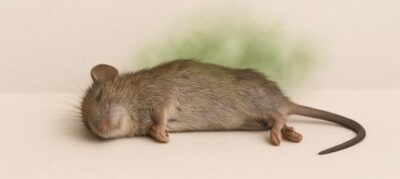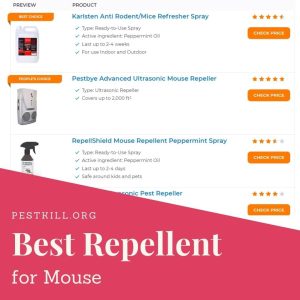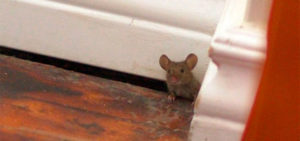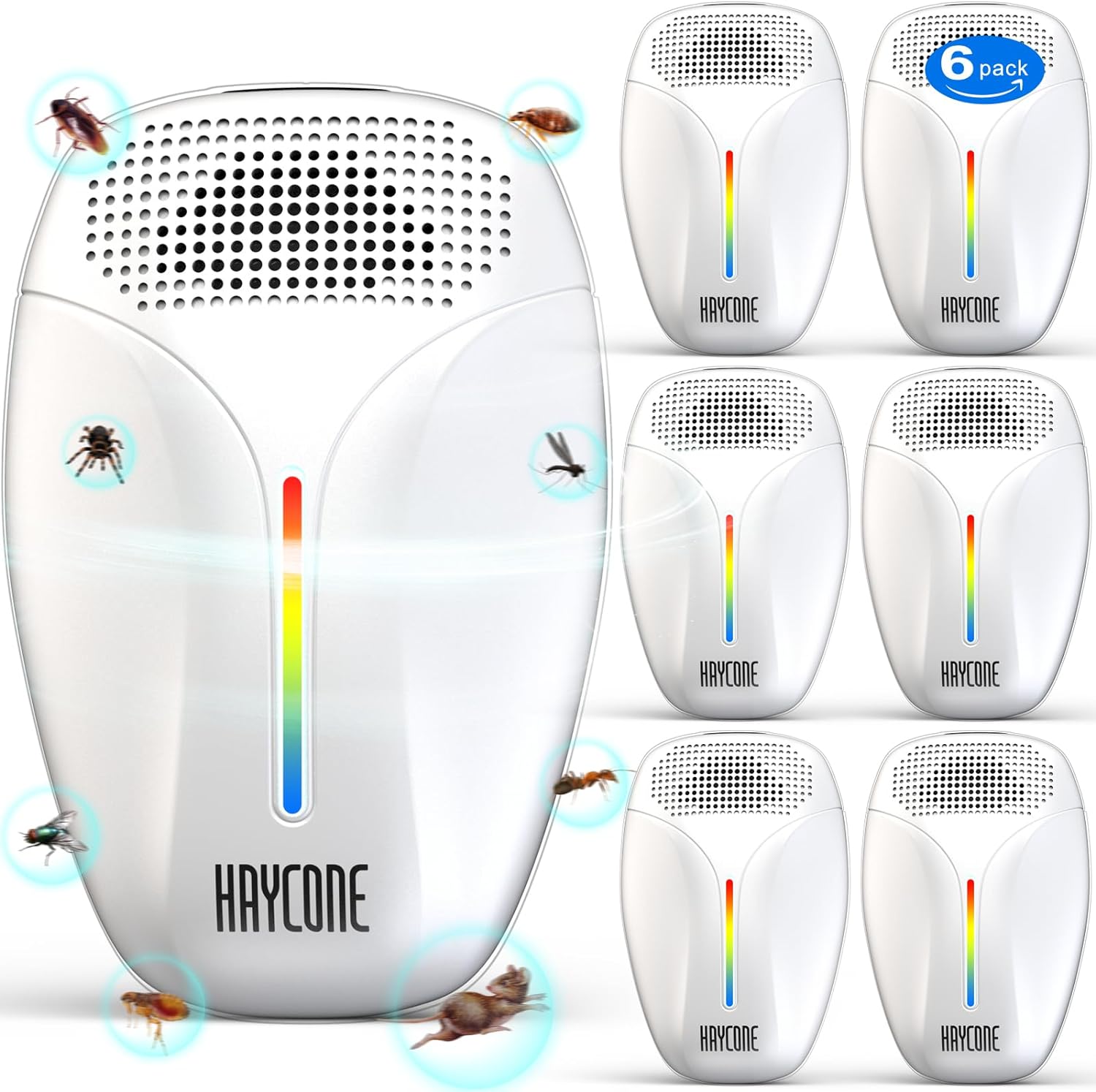Mouse Control & Removal
Mice are destructive household pests that can contaminate food, damage property, and spread diseases. These nocturnal rodents can squeeze through tiny openings and reproduce rapidly, making swift action crucial for effective control. Learn how to identify, prevent, and eliminate mouse infestations safely.
Recommended Products
LULUCATCH Heavier-Duty Non-Toxic Glue Trap
The LULUCATCH Heavier-Duty Non-Toxic Glue Trap is an eco-friendly solution for trapping and eliminating mice a wide range of insects like flies, mosquitoes, and moths. Safe for use around children and pets, this non-toxic trap ensures a chemical-free way to keep pests away.
- Non-Toxic & Safe
- Effective Trap
- Easy to Use
Victor M150-12 Metal Mouse Trap
The Victor M150-12 Metal Mouse Trap is a quick and effective way to eliminate mice. Made from sustainably sourced materials, it provides a humane, non-toxic solution with a simple yet efficient design to catch and kill mice instantly.
- Humane & Effective
- Sustainably Sourced
- Easy to Use & Reusable
Haycone Ultrasonic Pest Repeller
This upgraded ultrasonic pest repeller uses advanced sound wave technology to drive away pests like ants, rodents, cockroaches, spiders, and mosquitoes. Safe for humans and pets, it provides a non-toxic, chemical-free solution for keeping your home pest-free.
- Ultrasonic Technology
- Safe & Eco-Friendly
- Wide Coverage
⚠️ Health & Safety Risks
- Disease transmission (Hantavirus, Salmonella)
- Food contamination
- Electrical fire hazards from chewed wires
- Structural damage to walls/insulation
- Asthma triggers from droppings/urine
🚨 When to Call a Professional
- Large-scale infestation
- Failed DIY attempts
- Signs in multiple areas
- Recurring problems
- Commercial buildings
🏥 Emergency Response
- If bitten: Clean wound and seek medical care
- Food contamination: Discard affected items
- Hantavirus symptoms: Seek immediate care
- Electrical damage: Call electrician
- Child/pet exposure: Contact poison control
🔍 Identification & Signs

Mouse in Your Bedroom and Can't Sleep? Learn How to Stop Them for Good!
Discovering mice in your bedroom can be a nightmare for your sleep and peace of mind. These unwelcome visitors not…
Read More →🏡 DIY Removal Guides

How to Clean Up After Mice: Remove Odors, Droppings, and Nests!
Discovering evidence of mice in your home isn’t just unpleasant – it can pose serious health risks. Mouse urine, droppings,…
Read More →- How to Get Rid of Mice Humanely: Effective & Pet Safe Methods
- Best Mouse Poison and Baits: Ultimate Guide to Effective Rodent Control
- How to Get Rid of Mice from Your Home: Walls, Attic, Kitchen & More!
- Best Homemade Remedies and DIY Solutions to Actually Get Rid of Mice!
- Best Mouse Traps of 2025: Complete Guide to Effectively Eliminate Mice from Your Home
- Best Natural Mouse Repellents: Effective and Safe Solutions for Your Home
🛑 Prevention Tips

Best Mouse Repellent: Ultimate Guide to Keep Mice Away in 2025
Dealing with a mouse problem in your home? You’re not alone. These tiny invaders can contaminate food, damage property, and…
Read More →🔬 Professional Solutions & Products

How to Get Rid of Mice: 5-Step Complete Guide to Elimination and Prevention
Discovering mice in your home can be unsettling and potentially harmful to your health and property. These small, resilient creatures…
Read More →🐜 Related Pests
Often found alongside:
🔍 Signs of Infestation
- Droppings (rice-sized, dark)
- Gnaw marks on wood/wires
- Grease marks along walls
- Scratching sounds at night
- Nesting material in corners
🏠 Entry Points
- Gaps around pipes/utilities
- Cracks in foundation
- Holes near roof lines
- Door sweeps/weather stripping
- Garage doors/vents
Frequently Asked Questions
How do I know if I have mice?
Look for droppings, gnaw marks, grease marks along walls, and nocturnal scratching sounds. Fresh droppings are dark and soft, while old ones are gray and crumbly.
What attracts mice to homes?
Food sources, shelter, warmth, and nesting materials attract mice. Common attractants include unsealed food, pet food, bird seed, cluttered spaces, and easy access points.
Are mouse traps effective?
Yes, when properly placed along walls and travel routes. Use multiple trap types (snap traps, live traps) and bait with peanut butter, chocolate, or seeds.
How quickly do mice multiply?
Female mice can have 5-10 litters per year, with 5-6 pups per litter. One pair can produce 60+ offspring annually, making quick control essential.
Are mice dangerous?
Yes, mice can spread diseases through droppings, urine, and saliva. They can contaminate food, trigger allergies, and cause fires by chewing electrical wiring.
What's the best way to prevent mice?
Seal all entry points, maintain cleanliness, store food in airtight containers, remove water sources, and eliminate outdoor harborage areas.
Do ultrasonic repellents work?
Evidence for ultrasonic repellent effectiveness is limited. Physical exclusion, sanitation, and traditional control methods are more reliable.
How do I clean mouse droppings safely?
Wear gloves, spray with disinfectant, let soak 5 minutes, use paper towels to clean, and dispose in sealed bag. Never sweep/vacuum droppings.
Will mice leave on their own?
No, mice rarely leave voluntarily once established. They breed rapidly and require active control measures for elimination.
How long does elimination take?
Complete elimination typically takes 1-3 weeks with proper control methods. Larger infestations may require professional treatment lasting several weeks.


